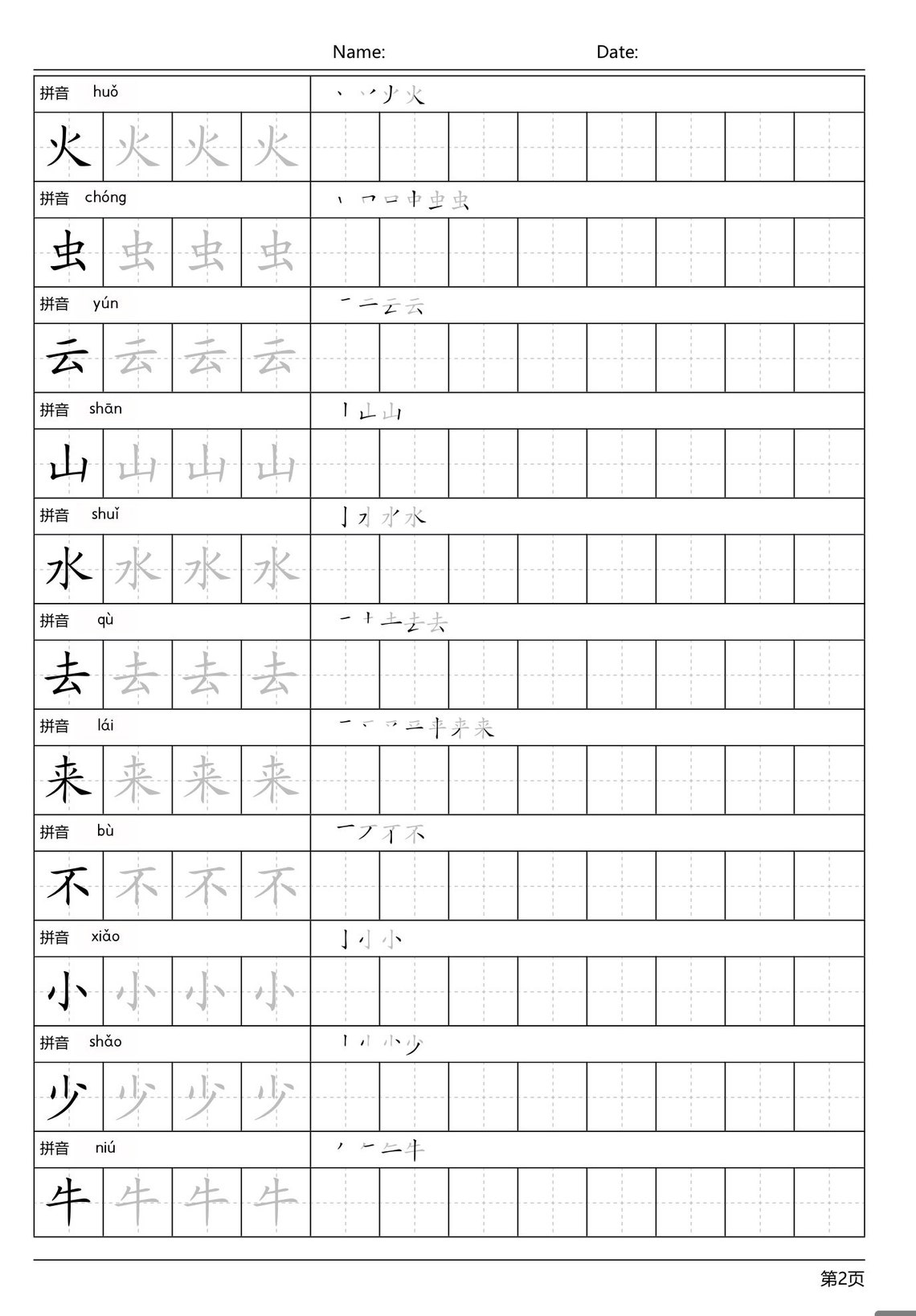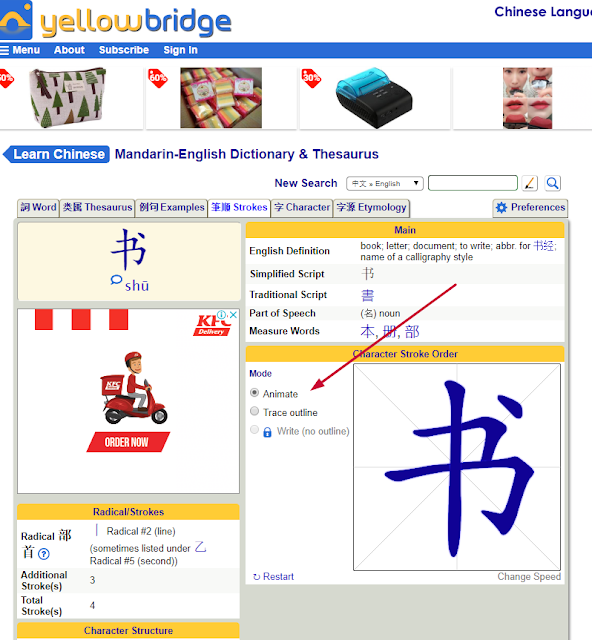

By characterizing sensory-evoked activity in the stroke order when writing Chinese characters, we designed two modes of sensory-evoked activities for participants to practice Chinese order of strokes (COS), namely stroke-appearance (i.e., marking the forgotten strokes in red) and stroke-disappearance (i.e., marking the forgotten strokes with blanks) to explore how two modes of action perception would implicitly modify memory. Writing exercises have been found to help improve Chinese memorization of Chinese characters (Hsiung et al., 2017), and hastening writing tasks that provide accurate Chinese character writing (Jaganathan and Lee, 2014). This motor mirror system phenomenon plays a critical role in the promotion of imitation learning and action understanding (Rizzolatti and Craighero, 2004 Bastiaansen et al., 2009 Cook et al., 2014). It has been found that observing an action leads to the observer activating the corresponding motor plan (Heyes, 2011 Cook et al., 2014). Researchers have argued that action perception stimulates activity in motor pathways, while also modifying behavior and facilitating learning. There are many different modes of practice which can contribute to performance gains (Ossmy and Mukamel, 2018), and there is ongoing scientific research on what actually constitutes optimal practice. These findings support the specific role of stroke order knowledge in learning Chinese characters and the need for the design of an effective method for teaching children to learn Chinese characters. The results indicated that: (1) there was a significant difference in the attention levels of the students practicing with the stroke-appearing and stroke-disappearing modes when learning COS, and (2) there was a significant difference in the learning outcomes of the students practicing with the stroke-appearing and stroke-disappearing modes when learning COS.
#Chinese character stroke series#
Their EEG data were collected, and time series analysis and t-tests were utilized to analyze the differences. A total of 10 third-grade elementary school students participated in the experiment, divided into two test groups. We then investigated the modes that would facilitate a higher level of attention and better learning outcomes.

We therefore designed an e-learning system which was subdivided into two modes: stroke-appearing (i.e., using red to mark incorrect strokes) and stroke-disappearing (i.e., using blanks to mark incorrect strokes) to indicate strokes written in the incorrect order. This study aimed to explore how different approaches can influence learners' perceptions that may negatively or positively affect their learning performance of writing Chinese characters using the correct Chinese order of strokes (COS).

Different approaches to stimulating perceptions in learning can be easily designed with technology-enhanced learning systems.


 0 kommentar(er)
0 kommentar(er)
